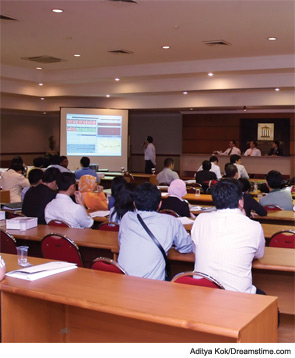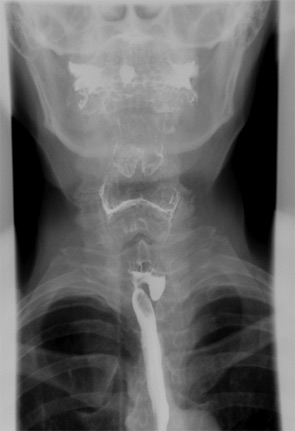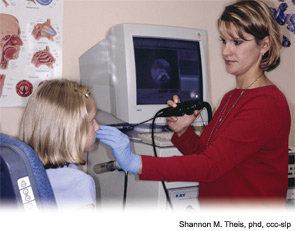Employing cloud computing in a medical practice can result in significant cost savings, among other advantages. There are also significant risks that each health care organization must face when transitioning to cloud-based hosting.


Employing cloud computing in a medical practice can result in significant cost savings, among other advantages. There are also significant risks that each health care organization must face when transitioning to cloud-based hosting.

Whether you’ve given hundreds of presentations throughout your medical career or are preparing for your first conference presentation or lecture, there’s always room for improvement when it comes to professional speaking.

A 27.4 percent Medicare cut was scheduled to begin Mar. 1.


Does smoking prevent sinus surgery from making patients feel better? Over the years, evidence and expert opinion have varied on this topic. As a result, some surgeons refuse to provide endoscopic sinus surgery (ESS) for active smokers, while others will operate because they believe surgery improves quality of life.

Leaving a medical practice is never an easy decision. As you plan your exit strategy, be aware of these issues and address them proactively with your employer.

Otolaryngologists may be wondering for a bit longer what their next step should be now that HHS has delayed the October 2013 implementation of the 10th revision of the International Statistical Classification of Diseases coding system (ICD-10).
Five health care apps for mobile devices and tablets available to patients

A 78-year-old woman presented with a 10-year history of progressive dysphagia for solid foods and pills, with intermittent regurgitation of pills but not food. No aspiration or weight loss was reported. Her past medical history was significant for breast cancer, hypothyroidism and arthritis. No head and neck masses were appreciated. A modified barium swallow was obtained.

Although voice disorders in children are not new, recognition of the need to address and treat these disorders in many children is increasing.